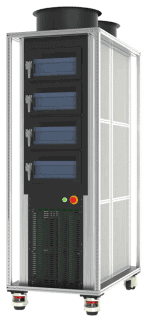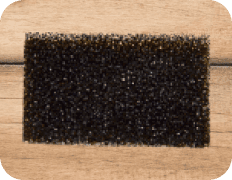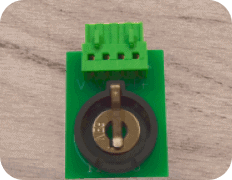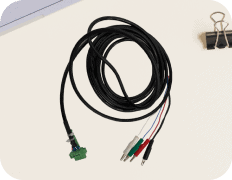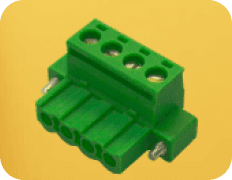软件集成 Client
综合解决方案

视频-介绍
1. Arbin Intelligent Client, or ArbinClient
2. Arbin Web Services

ArbinClient: Advanced Successor to Arbin CTI
Granular Control and Scripting Capabilities
ArbinClient empowers users with precise management of various experiment parameters and settings. Its support for Python and C# scripting enables automated testing and the creation of complex experiment sequences.
Faster Development
The intuitive API of ArbinClient facilitates rapid integration, allowing developers to create custom applications and workflows with minimal effort. This accelerates development cycles and reduces time-to-market.
Hardware-in-Loop (HIL) Integration
Adjusts the experiment schedule based on real-time measurements, enabling more dynamic and responsive testing.
Downward Compatibility
ArbinClient is designed to be compatible with MITS 10. If you're still using MITS 10, ArbinClient can call the built-in Arbin CTI interface, ensuring seamless communication and functionality. This allows you to benefit from ArbinClient's advanced features without the immediate need to upgrade to MITS 11.

Arbin Web 技术服务
Our new API gateway is a cornerstone of Arbin's next-generation backend infrastructure. It offers a robust solution for:
Real-time data presentation
Access and visualize data in real-time, enabling immediate insights and analysis.
Enhanced efficiency
Streamline the data flow between your applications and the DAS, improving overall system performance.

To complement our API gateway, we're also developing a dedicated web application for End-of-Line testing.
This intuitive tool will simplify the end-of-line testing process and automate the generation of essential reports.
/ArbinEOL/GetSchedules
/ArbinEOL/GetEOLVariables
/ArbinEOL/StartTest
/ArbinEOL/GetCANConfig
/ArbinEOL/GetTestsRecordByTestID
/ArbinEOL/GetTestsRecordsByResult
Arbin APIs Performance Test Results
除涉及控制通道操作的命令仅执行 100 次外,其他所有命令均执行 1000 次,测试结果如下表所示:


